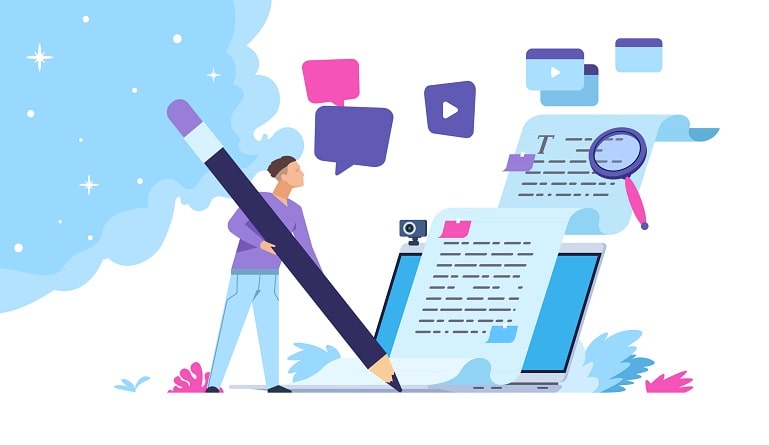As the world grows more and more digital overall, media is following suit. Digital media is so prevalent that people question whether they should continue to use traditional media. After all, it seems as though everyone is on social media and mobile devices constantly. How many people still watch local television, or TV at all without a DVR? The public can read the newspaper online and download coupons while it was once necessary to have a physical copy.
With all the capabilities digital media provides, should businesses ignore traditional media and only focus on digital? Truthfully, both traditional media and digital media have a place in marketing. While digital media is playing a larger role, there are still some who prefer traditional media. For instance, some still enjoy reading the morning news on paper and clipping physical coupons. Some also watch traditional cable television. Traditional media is not dead- it is merely decreasing in its importance. Where it was once the only form of media, that is no longer the case. Organizations can now spread their campaigns much further for much less.
However, even with all the benefits that digital media provides, it is a costly mistake to overlook traditional media.
Traditional Media vs. Digital Media
Here are 18 differences between traditional and digital media for your consideration.
Both digital and traditional can help a company reach its goals. The key is finding a good balance between the two. To do so successfully, one must know the differences between them and where they would be the most effective.











